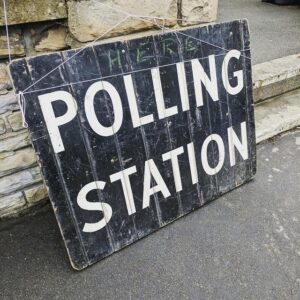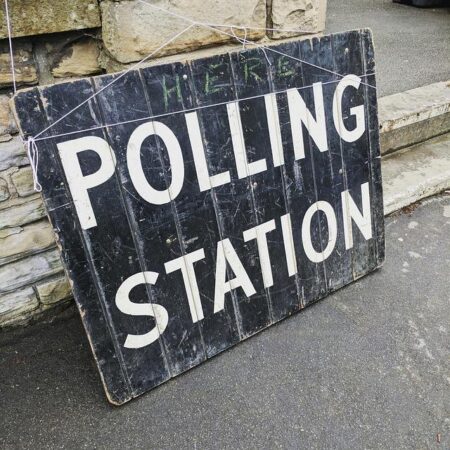Reevaluating Alcohol Advertising in NYC Subway: MTA’s Potential Policy Shift
Revival of Alcohol Ads in Subway Stations: A Strategic Proposal
The Metropolitan Transportation Authority (MTA) is considering overturning its long-standing prohibition on alcohol advertisements within New York City’s subway system. This proposed policy change, pending a decisive vote at the next board meeting, aims to reintroduce alcohol marketing in select high-traffic subway locations. The initiative seeks to capitalize on a profitable advertising sector, especially as the MTA continues to recover financially from pandemic-related setbacks.
Officials emphasize that any approved alcohol campaigns will adhere to stringent regulations designed to ensure responsible messaging tailored to the diverse subway ridership. The proposal outlines several key measures to mitigate potential negative impacts:
- Limiting alcohol ads to specific, high-volume stations to control exposure
- Strict bans on advertisements targeting minors or encouraging excessive drinking
- Establishment of ongoing community feedback mechanisms to gauge public response
- Partnerships with public health organizations to review and approve ad content
| Task | Description | Timeline |
|---|---|---|
| Board Approval | Evaluate and authorize the reintroduction framework | Next MTA Board Meeting |
| Community Engagement | Launch channels for rider feedback and concerns | Within 30 days post-approval |
| Compliance Monitoring | Enforce advertising standards continuously | Ongoing |
Community Perspectives and Safety Considerations on Alcohol Ads
The prospect of reinstating alcohol advertisements in the subway has ignited a spectrum of reactions among New Yorkers. Some commuters view the ads as a vibrant reflection of the city’s nightlife culture and a boon for local businesses. Conversely, many community advocates and health professionals express apprehension about the potential normalization of alcohol consumption in a public transit environment frequented by millions daily, including youth and individuals in recovery.
Experts stress the importance of implementing rigorous content controls and strategic ad placements to safeguard vulnerable populations. Proposed safety protocols include:
- Mandatory age-appropriate disclaimers on all alcohol-related advertisements
- Prohibition of ads near schools, family-centric subway lines, and youth-oriented areas
- Active monitoring to identify and remove content that could trigger at-risk individuals
The table below summarizes the concerns and recommendations from various stakeholders:
| Group | Main Concern | Recommended Action |
|---|---|---|
| Community Organizations | Minimizing exposure to underage riders | Restrict ad locations and timing |
| Transit Officials | Ensuring passenger safety and comfort | Implement content vetting and clear warnings |
| Advertisers | Maximizing brand reach and visibility | Advocate for flexible advertising policies |
Financial Implications: Unlocking New Revenue Streams for the MTA
Reinstating alcohol advertisements could provide a substantial financial uplift for the MTA, which continues to grapple with budget deficits exacerbated by the COVID-19 pandemic. Industry analysts estimate that these ads could generate upwards of $24 million annually, diversifying the agency’s advertising portfolio and easing fiscal pressures.
Given the subway’s vast and varied commuter base, alcohol brands see the transit system as a prime venue for impactful marketing campaigns. The breakdown of projected annual revenue is as follows:
| Advertising Medium | Estimated Annual Revenue |
|---|---|
| Train Carriage Posters | $13 million |
| Platform Signage | $6 million |
| Digital Display Screens | $5 million |
| Total Estimated Revenue | $24 million |
- Financial Stability: Additional funds could support essential maintenance and modernization projects.
- Employment Opportunities: New advertising contracts may stimulate job growth in marketing and media sectors.
- Strategic Partnerships: Renewed collaborations with beverage companies could foster long-term sponsorship deals.
Striking a Balance: Harmonizing Revenue Goals with Community Values
To successfully integrate alcohol advertising without compromising public welfare, the MTA must adopt a carefully calibrated approach. This includes enforcing strict content restrictions to prevent targeting minors or promoting irresponsible drinking behaviors. Transparency in ad placements and the inclusion of responsible drinking messages will be critical to maintaining public confidence.
Engaging community leaders, health experts, and advocacy groups throughout the process will help ensure that advertising strategies align with local values. The following recommendations provide a framework for balancing economic benefits with social responsibility:
| Recommendation | Objective | Anticipated Outcome |
|---|---|---|
| Age-Restricted Advertising Zones | Confine alcohol ads to stations with limited youth access or post-9 PM hours | Minimize underage exposure |
| Responsible Consumption Notices | Incorporate clear messages promoting moderation | Encourage safe drinking habits |
| Community Advisory Panel | Include diverse stakeholders in ad approval and oversight | Ensure ads reflect community standards |
| Regular Impact Assessments | Conduct quarterly reviews of ad effects and revenue | Facilitate informed policy adjustments |
Conclusion: Navigating the Future of Alcohol Advertising in NYC Transit
The MTA’s forthcoming decision on reintroducing alcohol advertisements in subway stations represents a critical juncture for the agency’s advertising strategy. Balancing the promise of increased revenue against public health and community concerns will require thoughtful policy design and ongoing stakeholder engagement. As New York City’s transit system evolves, this decision will set a precedent influencing future advertising standards and the overall rider experience.













